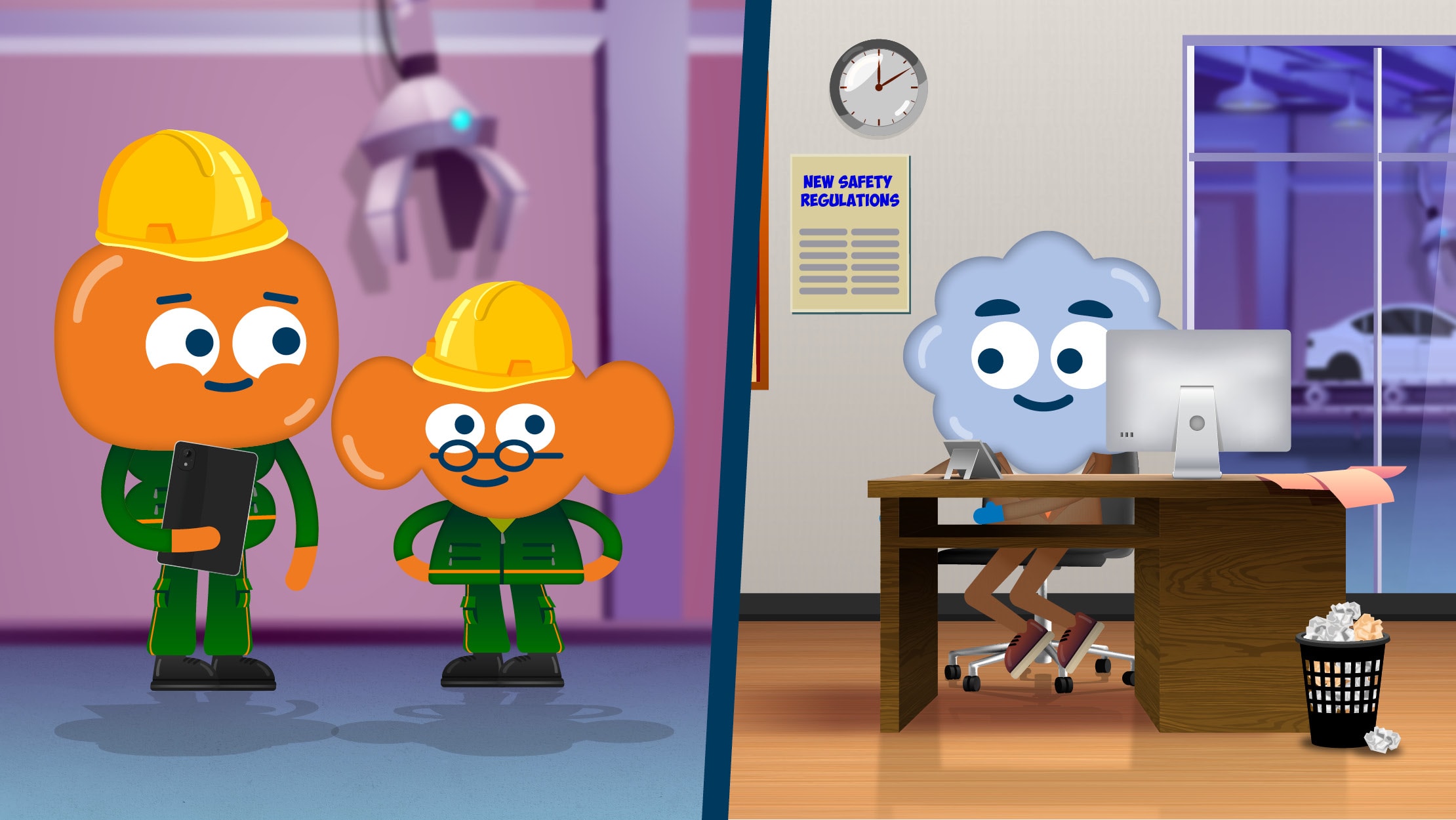Agility and Flexibility in Organizations
Duration10'
No. of mini-lessons4
ResourcesTakeaway Tasks
Duration 10'
No. of mini-lessons 4
Resources Takeaway Tasks
Course overview
Your employees have come up with a great strategy for their next project. They know it’s going to guarantee that the new car design they’ve been working on is the next big thing. And, what do they know, it pays off. Naturally, when their next project rolls around, they want to try the same thing. Except, this time, it doesn’t work so well. They and their team are left feeling deflated, wondering why it wasn’t as successful this time around.
Knowing when to apply flexibility and agility in an organization helps everyone adapt quickly when it’s time to make a change. But there are important differences between being flexible and being agile, especially in relation to the business the employees work for. When they know these differences, it’s easier to see when they need flexibility or agility, and when they need both.
What's covered
The difference between agility and flexibility
How agility can be used in different areas of the business
How flexibility can help businesses overcome challenges

Why your teams need this course
Everyone can benefit from learning more about agility and flexibility in organizations. By the end of this course, your employees will know the clear differences between them. They’ll see just how important agility is across different business areas. And they’ll learn how flexibility is crucial for overcoming problems and challenges in a business.


